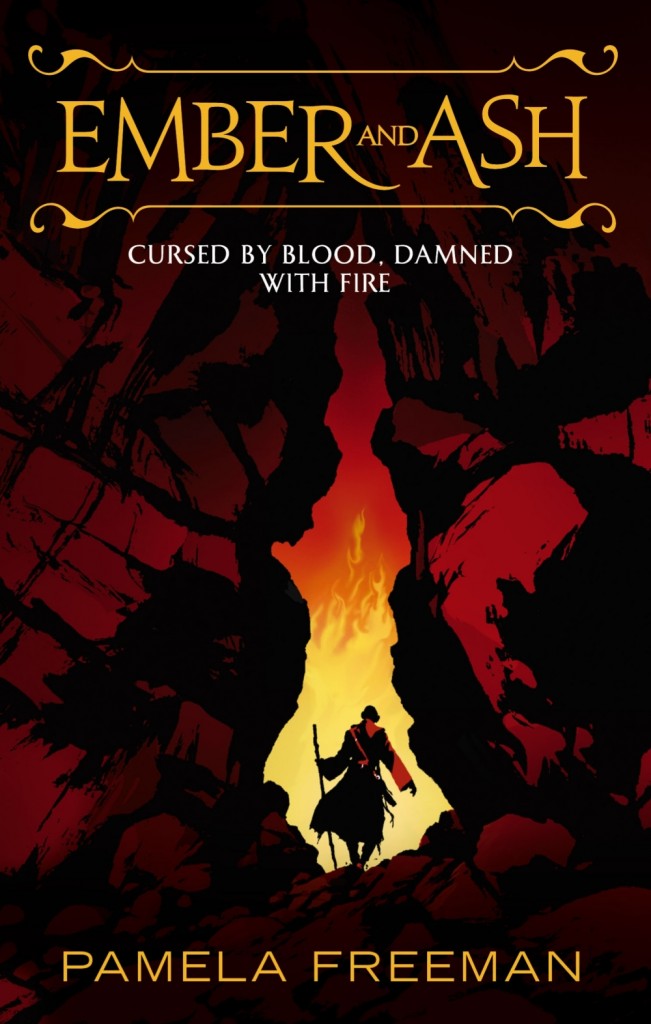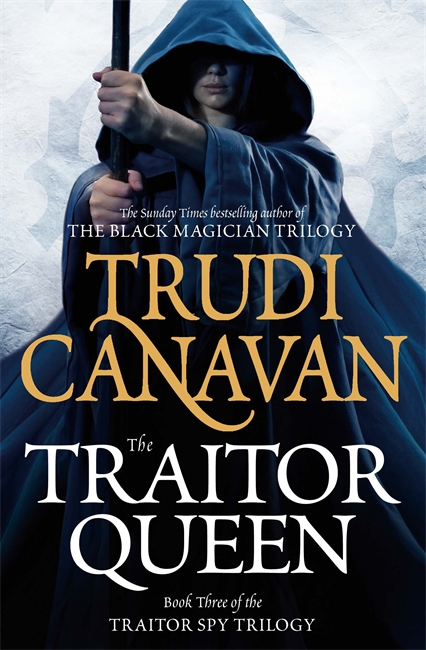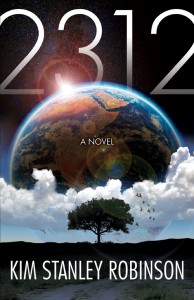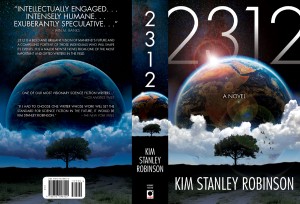David Brin on EXISTENCE, Google’s Project Glass and the transformative power of science fiction
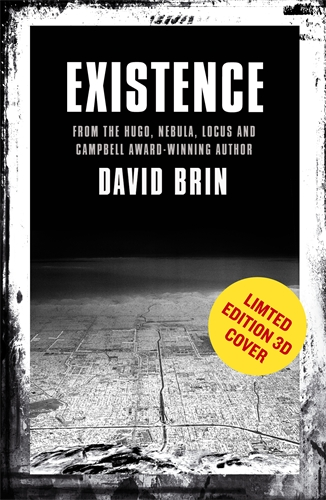 At the end of last year, we here at Orbit received a very exciting treat in our inboxes . . . a new manuscript from the critically acclaimed David Brin.
At the end of last year, we here at Orbit received a very exciting treat in our inboxes . . . a new manuscript from the critically acclaimed David Brin.
Author of the classic UPLIFT series, EARTH and THE POSTMAN (made into a major motion picture), he’s widely lauded not just for writing thrillingly addictive science fiction, but also for his track record for accurately predicting the future within his novels.
It’s been ten years since the release of David’s last book, so the arrival of the manuscript for EXISTENCE (UK | ANZ) really was quite an event. And it’s no exaggeration to say that this could well be his pièce de resistance.
It’s an edge-of-your-seat novel of the near-future, where discovery of an alien artefact throws the world into chaos. The absolute compelling nature of this book, and the sheer breadth and brilliance of the ideas expressed within it made me want to find out more about David’s thought processes behind it (beyond the usual questions I’d ask as part of our author/editor relationship!). Read on for an insight into what lead to its creation . . .
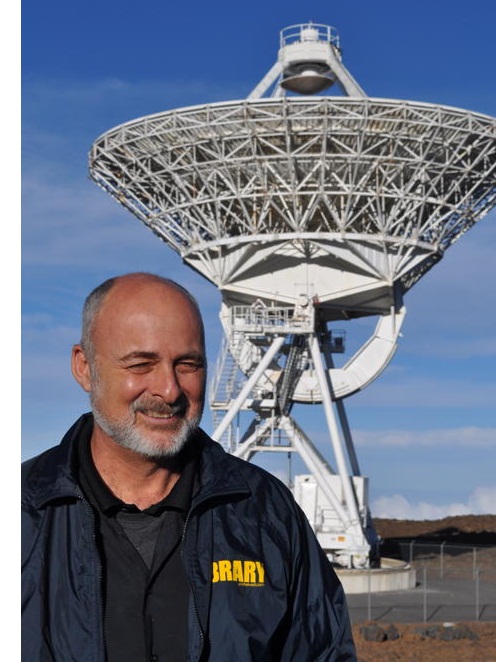
AG: Despite your incredible success as a writer, you’ve mentioned elsewhere that being an author wasn’t your first career of choice. Tell us more?
DB: Writing was the first truly verifiable, repeatable and effective form of magic. Picture how it must have impressed ancient people to look at marks – on papyrus or clay – and know they conveyed the words of scribes and kings long dead. Knowledge, wisdom and art could finally accumulate, and death was robbed some of its sting. Writing still is magical. To create strings of black squiggles that millions of others can skillfully de-code with just their eyes – into emotions and thoughts, or the struggles of believable characters.
Still, every culture had storytellers. I was drawn toward a much newer kind of profession, that only gained real momentum the last few generations. Science. A shared endeavor to find out what is true, despite our preconceptions. Wow, that too is amazing! And I managed to contribute a few new bits of knowledge.
Still, when a chance came along to combine the two? Who wouldn’t grab such an opportunity?
AG: It’s been almost a decade since the release of your last novel. Have scientific developments over the last 10 years forced you at all to reassess the vision of the future you’ve held in previous books?
DB: Well of course. But remember, good science fiction isn’t about any static view. It should offer thought experiments about change. How it transforms real societies and realistic characters. Change has been the one, great constant of modernity and its rate is accelerating. Many of our social and political squabbles spiral around this one fact. A lot of folks don’t like the staccato pace of disruptions and new ideas, even good ones.
But if we don’t poke ahead, peering into the fog, how will we ever find our way? (more…)

